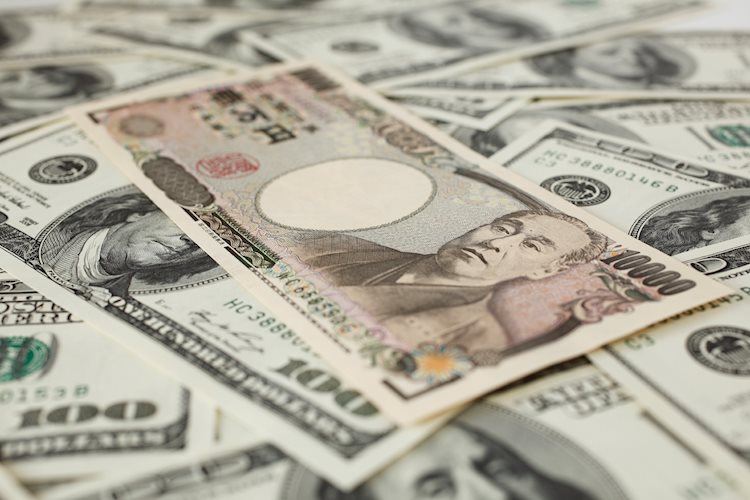The USD/JPY pair saw a decline on Friday, falling below 149.00 as the US Dollar faced selling pressure across the board. This drop came as risk appetite in the market began to recover, thanks to an upturn in US consumer sentiment figures. The University of Michigan’s Consumer Sentiment Index showed a stronger-than-expected increase in consumers’ outlook for August, leading investors to move towards riskier assets and away from the US Dollar.
Looking ahead to next week, the focus for the Yen will be on Japanese national inflation data. Meanwhile, US traders will be keeping an eye on the start of the Jackson Hole economic symposium later in the week. Despite the recent decline in USD/JPY bids, the pair continues to trade near the high end of price action and remains below the 200-day Exponential Moving Average. A break below 149.00 could signal the start of a new downward trend for the pair.
The Japanese Yen is influenced by various factors, including the performance of the Japanese economy, the policy decisions of the Bank of Japan, and risk sentiment among traders. The BoJ has a mandate for currency control and has intervened in the currency markets in the past to lower the value of the Yen. The current ultra-loose monetary policy of the Bank of Japan has caused the Yen to depreciate against other major currencies, due to a divergence in policies with other central banks such as the US Federal Reserve.
The policy divergence between the Bank of Japan and other central banks, especially the US Federal Reserve, has widened the differential between US and Japanese bond yields, favoring the US Dollar against the Japanese Yen. The Japanese Yen is often considered a safe-haven investment, meaning that investors tend to flock to the currency during times of market stress due to its perceived stability. This can lead to an appreciation of the Yen against riskier currencies during turbulent market conditions.











